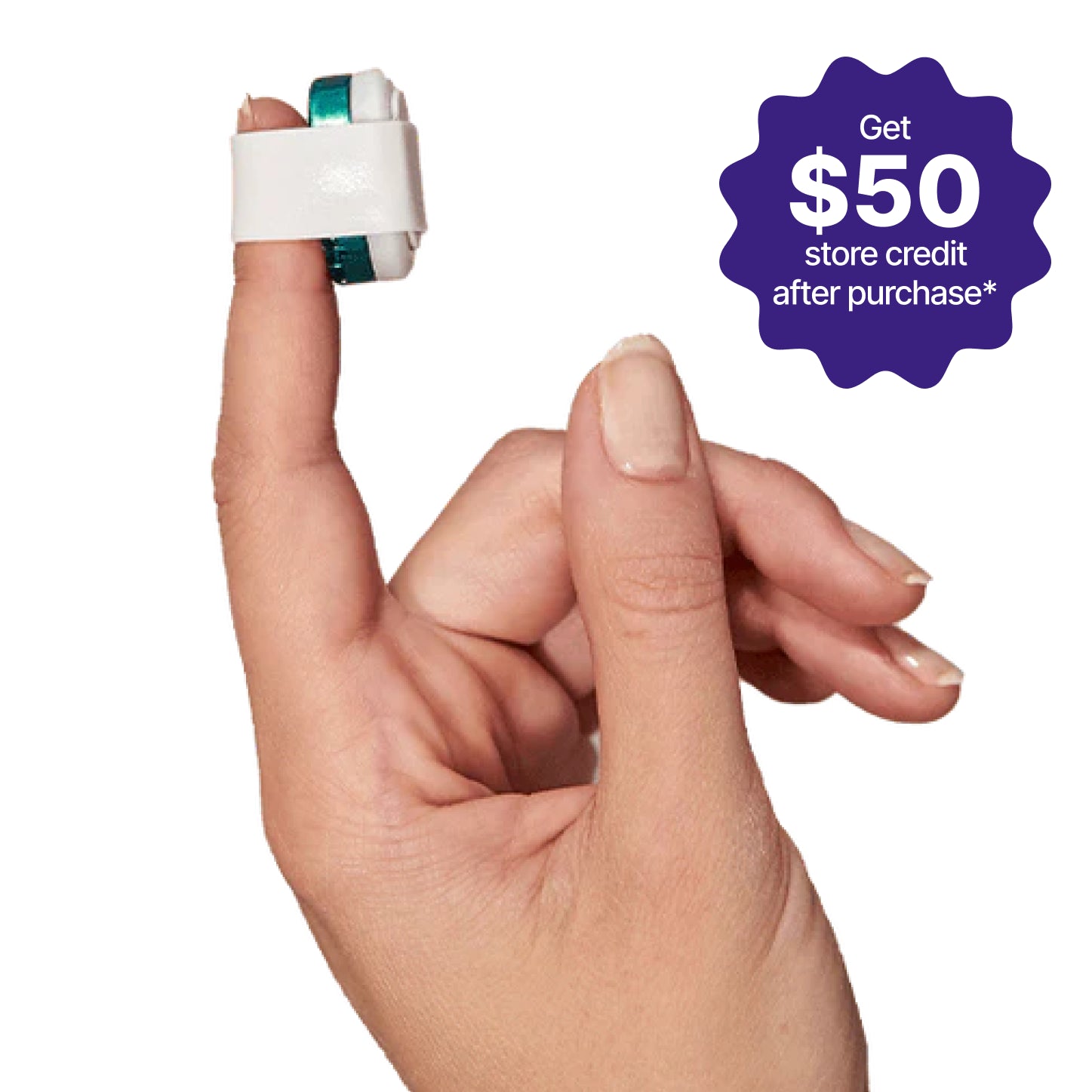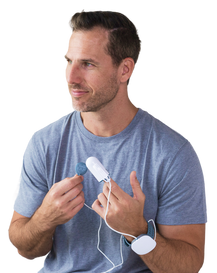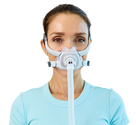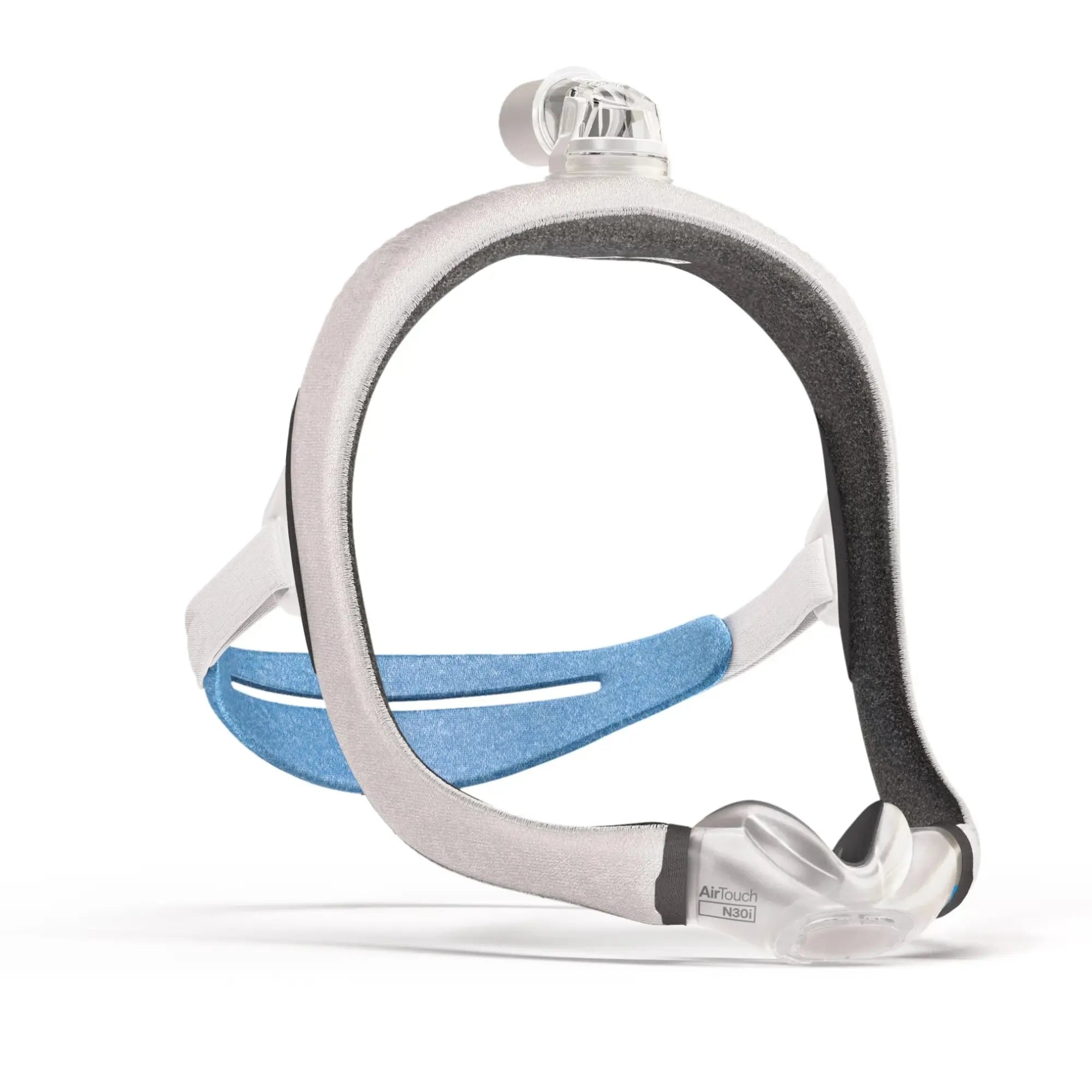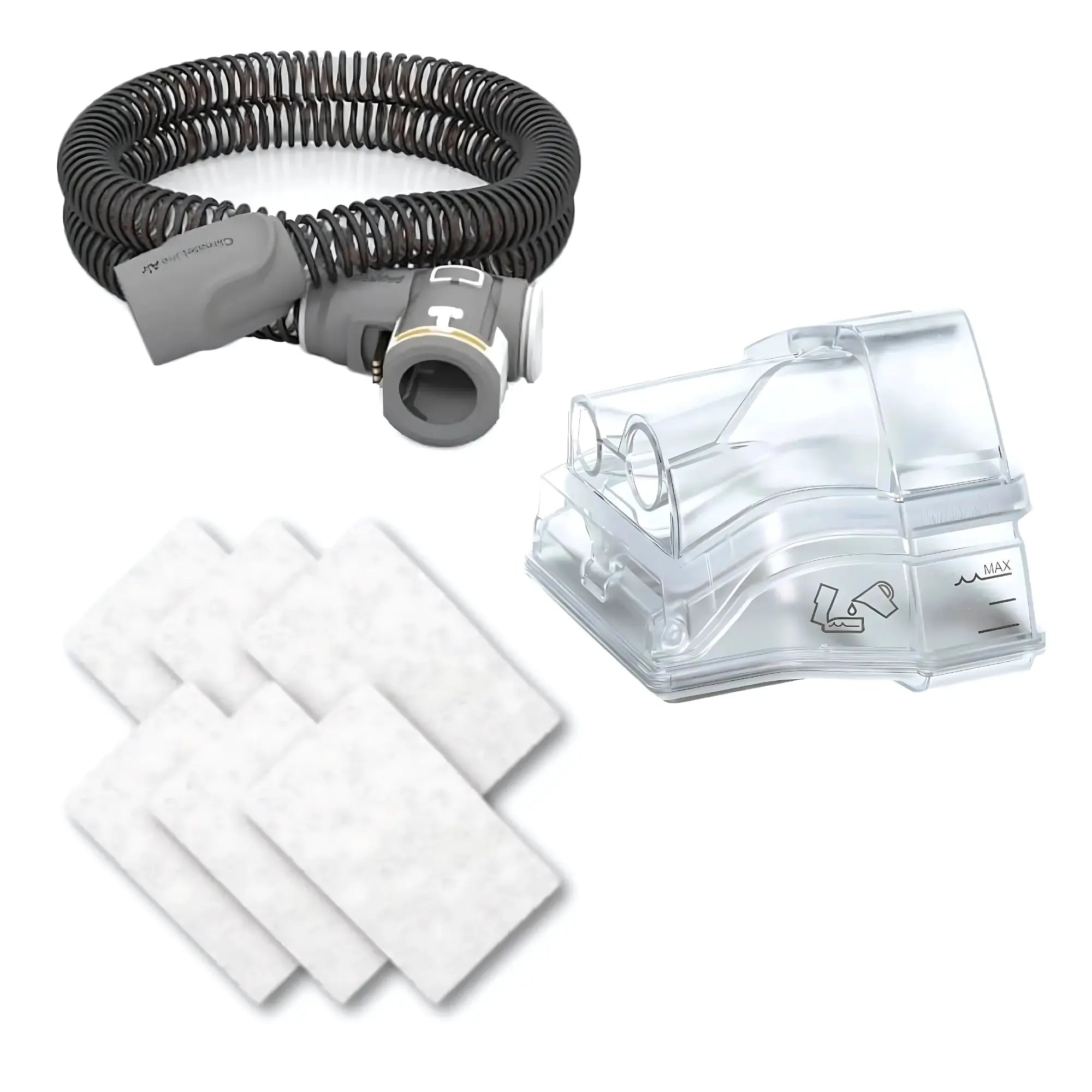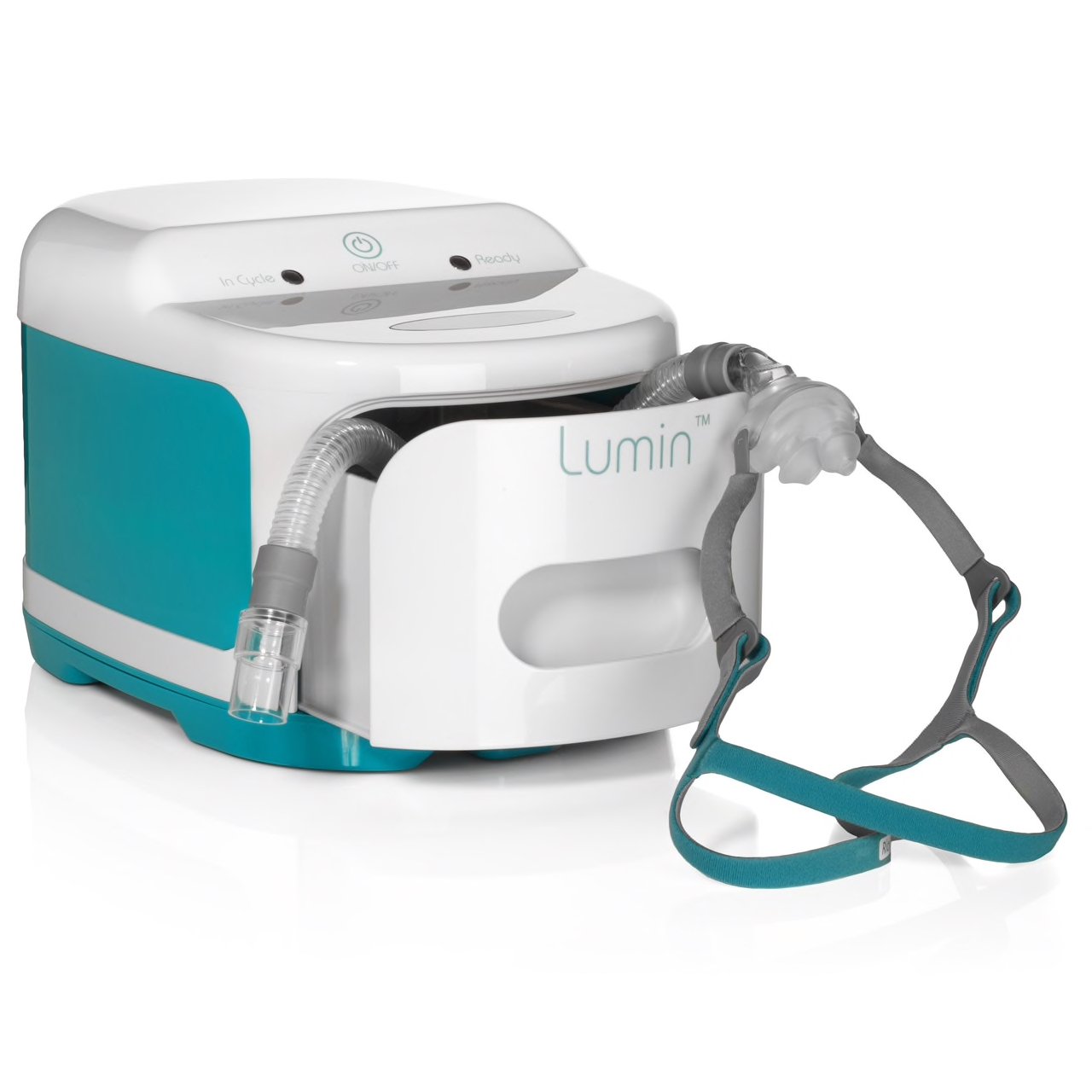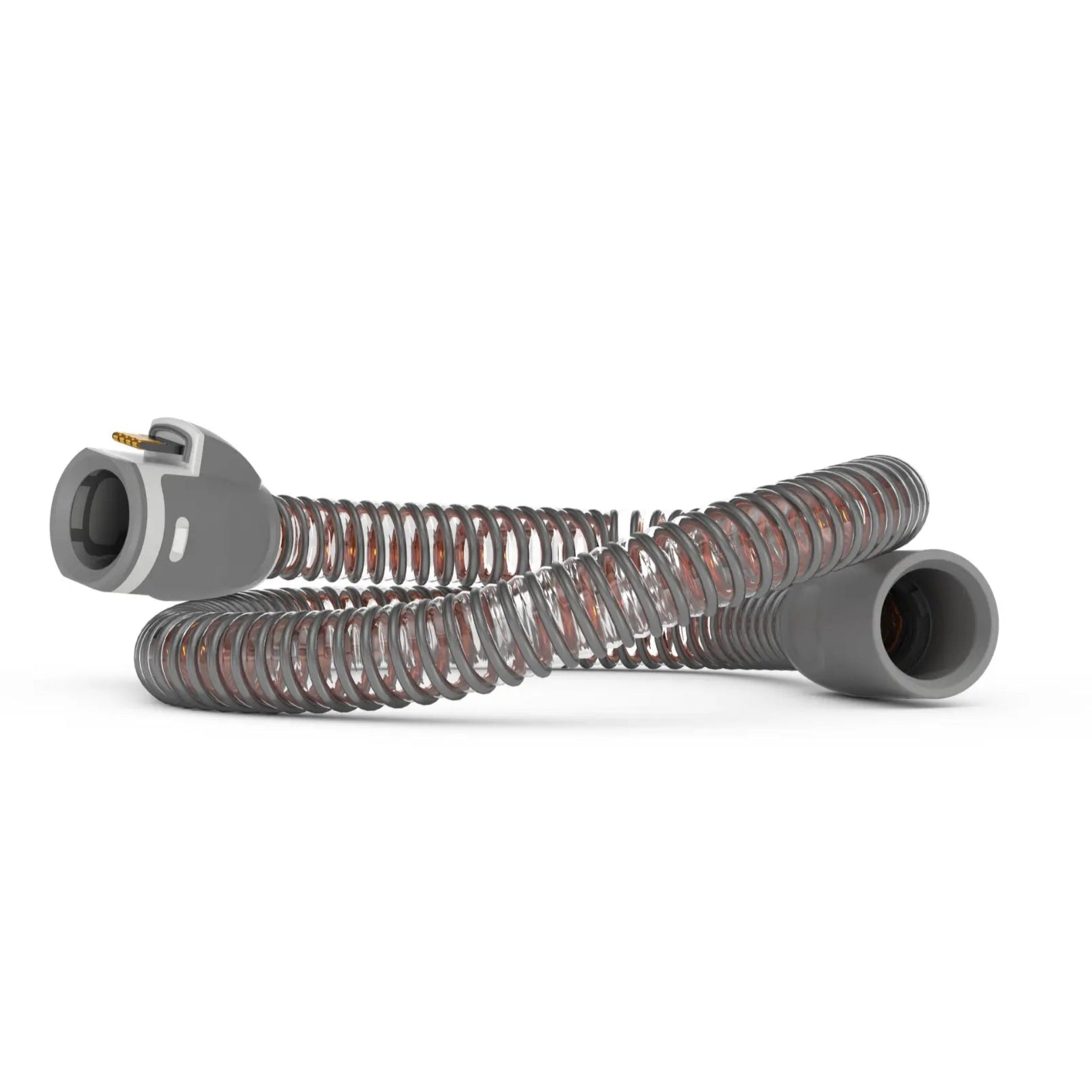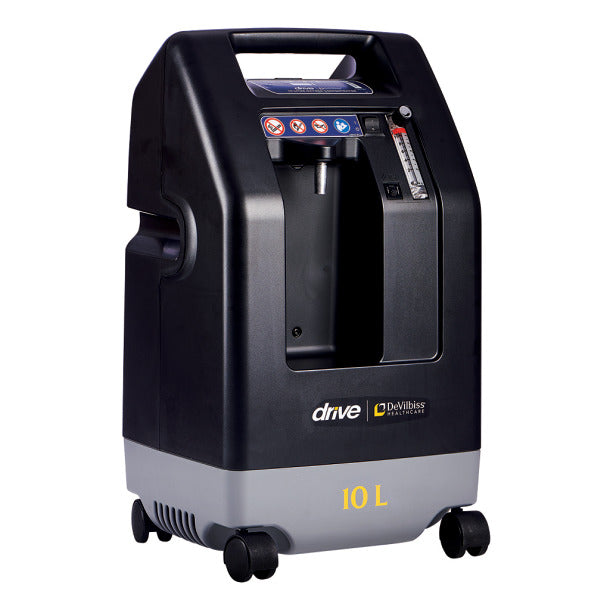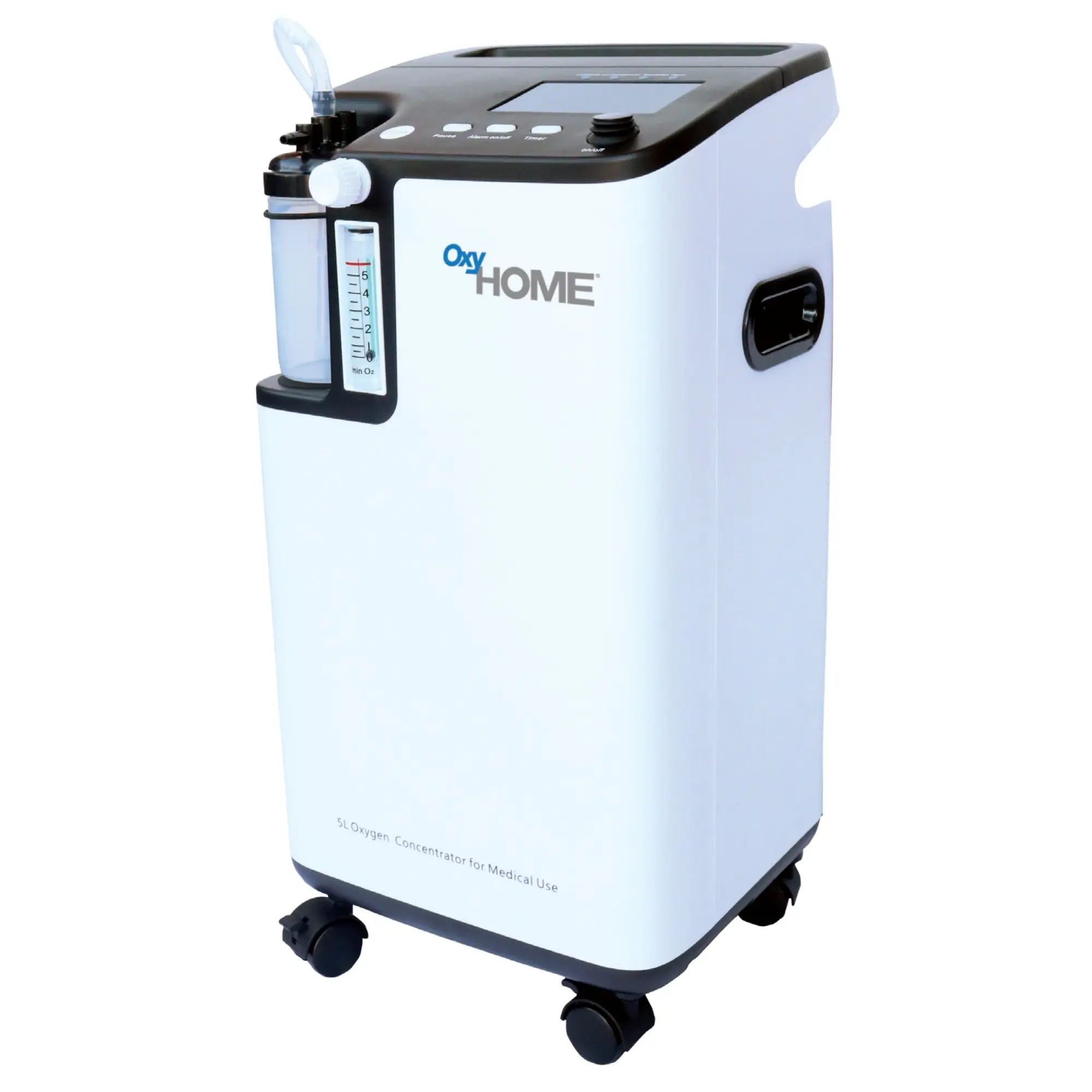Sleep-disordered breathing (SDB) is an upper-airway obstruction that occurs during sleep. SDB represents a group of sleep disorders characterized by an abnormal respiratory pattern during sleep that can be isolated or coexist with other respiratory, nervous, cardiovascular, or endocrine diseases.
Sleep-disordered breathing and obstructive sleep apnea syndrome are increasingly recognized as a cause of substantial morbidity and mortality and its prevalence continues to increase.
Sleep-disordered breathing describes a group of disorders characterized by:
- abnormalities in respiratory patterns
- insufficient airflow during sleep
People with sleep-disordered breathing experience disrupted sleep patterns, such as loud snoring (often reported by their bed partner), mental and physical stress, and impaired nervous and cardiovascular systems.
SDB is widely common in the general population, and it is responsible for or contributes to numerous problems, ranging from interrupted sleep cycles, pulmonary disease, poor quality of life, to hypertension to increased risk of car accidents.
Sleep disorders that involve difficulty breathing during sleep are classified as sleep-related breathing disorders. Obstructive sleep apnea is the most common disorder of this type, however, there are a number of variations of sleep apnea.
The most common are:
1. Obstructive sleep apnea (OSA)
Obstructive sleep apnea (OSA) consists of breathing cessations of at least 10 seconds during sleep, causing excessive daytime sleepiness, loud snore, repeated episodes of upper airway obstruction during sleep, and nocturnal hypoxemia.
Central sleep apnea (CSA) consists of similar apneas, but these instead occur in the absence of inspiratory efforts and interrupt sleep quality.
Complex sleep apnea is a form of sleep-disordered breathing in which repeated central apneas (>5/hour) persist or emerge when obstructive events are extinguished with continuous positive airway pressure (CPAP) and for which there is not a clear cause for the central apneas such as narcotics or systolic heart failure.
Snoring, infant and child sleep apnea, and sleep-related groaning are also considered sleep-disordered breathing (SBD).
It is defined by an apnea-hypopnea index (AHI)(the total number of episodes of apnea and hypopnea per hour of sleep), or respiratory disturbance index (RDI), of 5 or higher in association with excessive daytime somnolence. Severe OSA means that your AHI is greater than 30 (more than 30 episodes per hour).
Sleep-disordered diagnosis

The diagnosis of sleep-disordered breathing can be made by comprehensive sleep studies in a sleep laboratory but also using portable equipment for cardiorespiratory monitoring and measurement of oxygen desaturation at home.
There are several diagnostic questionnaires that ask about fatigue, napping, snoring, and apneas. These can be used to decide which patients should be referred for home or in-laboratory sleep testing. It is important to note that patients with heart failure often do not score highly on questionnaires evaluating daytime somnolence or fatigue.
The definitive diagnostic test for sleep apnea involves overnight polysomnography (PSG) which includes electroencephalogram, electromyogram, respiration, continuous ECG monitoring, and electrooculogram.
What are the risk factors?
Risk factors for sleep apnea include obesity, increased neck circumference, cranial abnormalities, hypothyroidism, high blood pressure, cardiovascular disease, and acromegaly.
Massively enlarged tonsils and adenoids can also cause episodes of cessation of breathing, especially for pediatric sleep.
What are the treatment options?
Treatment for obstructive sleep apnea often involves multiple components and is tailored to each individual patient.
Making lifestyle changes is the first step in treating sleep disorders — weight loss, exercising regularly, limiting the use of alcohol and sedatives, avoiding cigarette smoking, and adjusting sleeping positions.
Sleep medicine is not a first-line treatment for obstructive sleep apnea and is rarely a central component of care.
A core component of treatment for obstructive sleep apnea is the use of oral appliances and a continuous positive airway pressure (CPAP) device. CPAP therapy is regarded as the gold standard treatment option and involves sending pressurized air through a hose and into the airway. The stable, steady flow of air prevents upper airway resistance and promotes regular breathing without sleep fragmentation.
Care for sleep apnea is typically directed by a medical doctor, and their health care team may include a respiratory therapist, sleep technician, dentist, dietician, and/or physical therapist. Primary care physicians and specialty areas such as gastroenterology, pulmonology, cardiology, otolaryngology, and surgeons may be involved in planning and monitoring a patient’s treatment plan.



